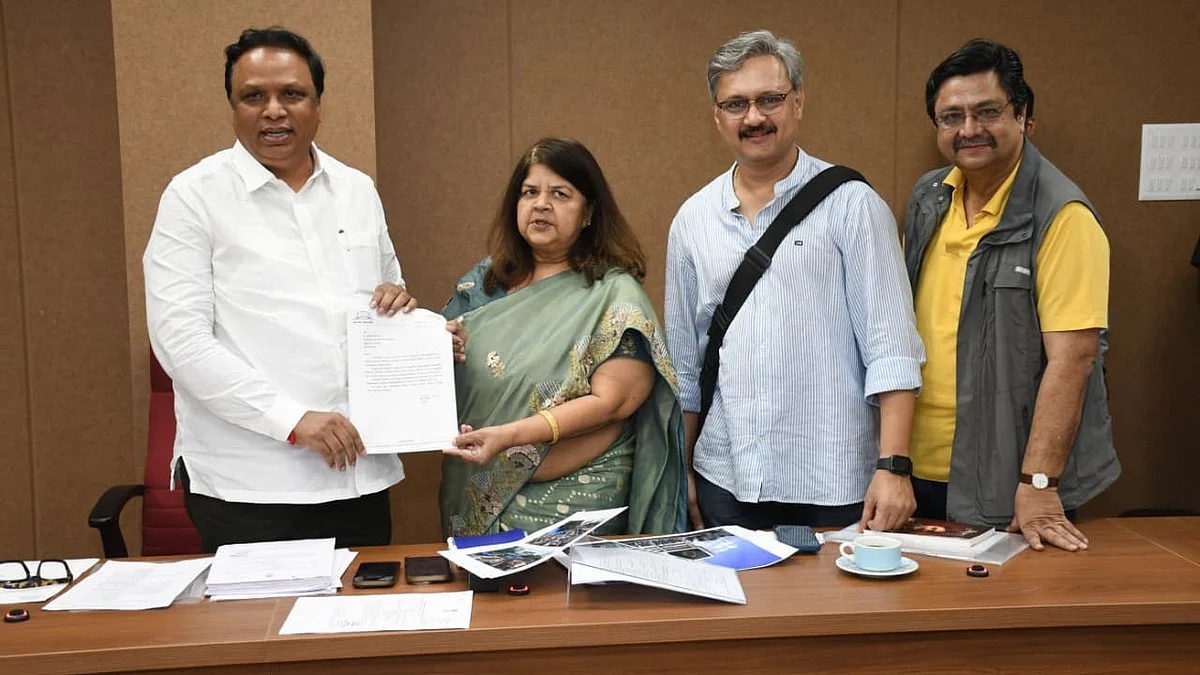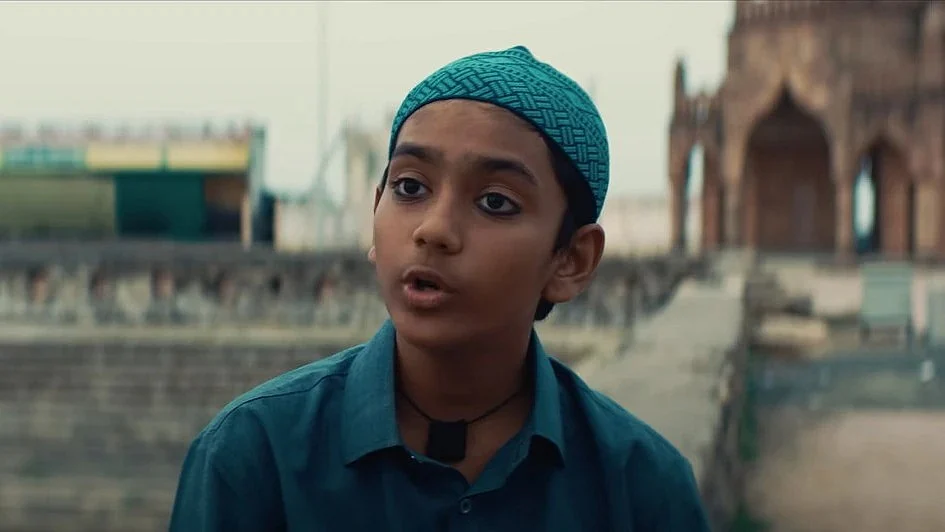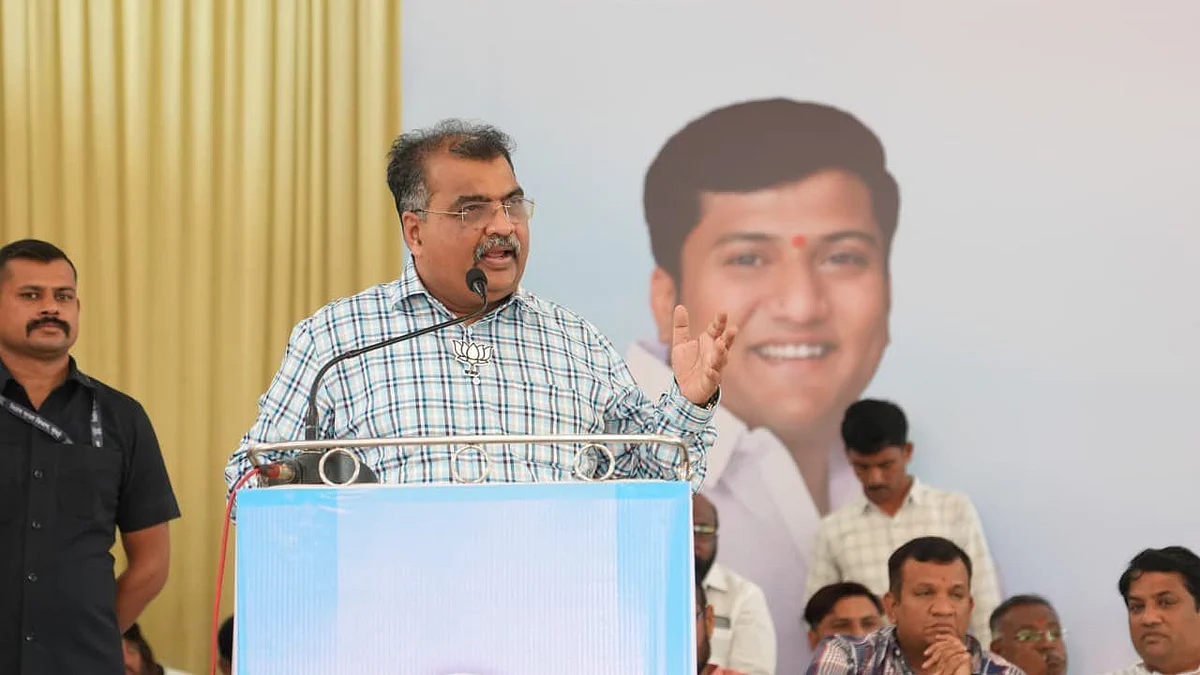Mumbai: In a landmark cultural acquisition, the Maharashtra Government has secured the historic sword of Raghuji Bhosale I — founder of the Nagpur Bhosale dynasty and a celebrated Maratha commander — in an auction in London. Cultural Affairs Minister Adv. Ashish Shelar took formal possession of the sword on Monday, marking the first time the state has acquired a historic artefact from abroad through an auction.
The prized weapon will arrive at Mumbai’s Chhatrapati Shivaji Maharaj International Airport at 10 am on Monday, August 18, where it will be welcomed with ceremonial honours. A bike rally will escort the sword to P. L. Deshpande Kala Academy, Dadar, for a public event titled 'Gad Garjana', to be attended by dignitaries.
The opportunity to secure the sword arose unexpectedly on April 28, 2025, when news of the auction emerged. Acting swiftly, Minister Shelar discussed the matter with Chief Minister Devendra Fadnavis, and with assistance from the Indian Embassy, coordinated late-night efforts to ensure Maharashtra’s participation. An intermediary was appointed to represent the state in the auction, successfully winning the bid.
Speaking in London, Shelar called the sword “a witness to many glorious feats” and a “historic victory for Maharashtra.” The handover was attended by members of the Marathi community in London, along with Deputy Director of the Archaeology Department, Hemant Dalvi.
A Rare Masterpiece of Maratha Weaponry
Raghuji Bhosale I (1695–1755) was a distinguished commander during Chhatrapati Shahu Maharaj’s reign, earning the title 'Senasahib Subha' for his military exploits. He expanded Maratha influence to Bengal, Odisha, Chanda, Chhattisgarh, and beyond, defeating several southern rulers.
The sword is an exceptional Maratha-style 'Firangi', featuring a European-made straight, single-edged blade with a gold-inlaid Mulheri hilt. The blade bears the name of its European manufacturer and a Devanagari inscription reading “Shreemant Raghoji Bhosale Senasahib Subha Firang.” Gold 'koftgari' work decorates the hilt, and the rounded pommel is wrapped in green cloth.

Experts note that this sword is unusually ornate for Maratha weapons of the era, which rarely carried inscriptions or embellishments. Its European blade reflects the global arms trade of the 18th century. Historians believe it may have left India as war loot after the 1817 Battle of Sitabuldi or as a gift to the British following the annexation of Nagpu










